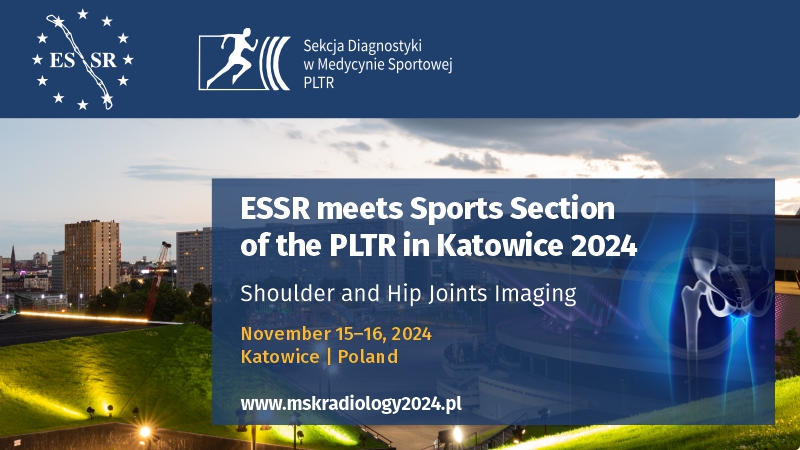Prevention of life-threatening bleeding complication from splenic venous ectasia by B-mode-, color Doppler- and contrast-enhanced ultrasound in a patient with ALL
Evelyn Martin1, Christian Görg2, Amjad Alhyari2, Ehsan Safai Zadeh2, Hajo Findeisen3, Corinna Trenker4
 Affiliation and address for correspondence
Affiliation and address for correspondenceAim of the study: Spontaneous splenic rupture is a serious complication of pathologically altered spleen tissue, associated with a high mortality rate. Case description: We describe a spontaneous splenic rupture in a patient with acute lymphoblastic leukemia undergoing chemotherapy. Ultrasound revealed splenomegaly, and diffuse splenic acute lymphoblastic leukemia-infiltration was suspected. In addition, only color Doppler sonography and contrast-enhanced ultrasound diagnosed splenic vascular ectasias with a venousflow- profile. During therapy, short-term sonographic follow-up examinations were able to reveal an increase in the size of venous ectasias and the associated increased risk of spontaneous splenic rupture. Based on these sonographic findings, immediate surgical splenectomy was performed in the spontaneous splenic rupture case and the patient survived. Conclusions: Ultrasound is an important diagnostic method in patients with newly diagnosed malignant hematological diseases to detect disease-related splenic pathologies. Short-term follow-up examinations of splenic vascular pathologies can detect size progression and a potential risk of spontaneous splenic rupture with life-threatening bleeding.








